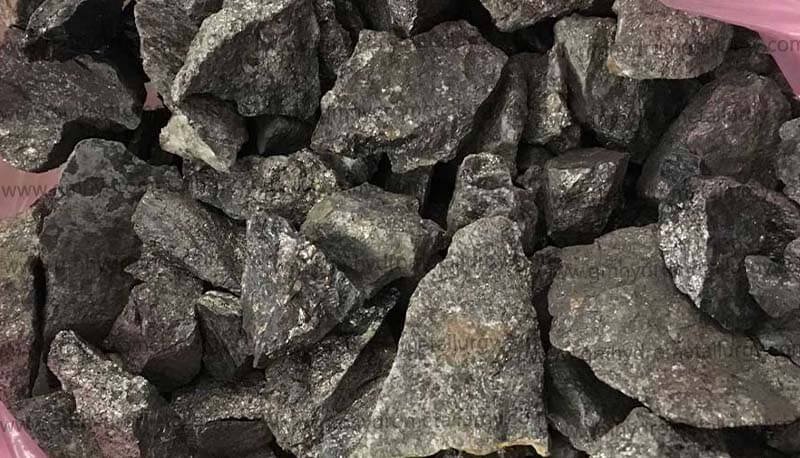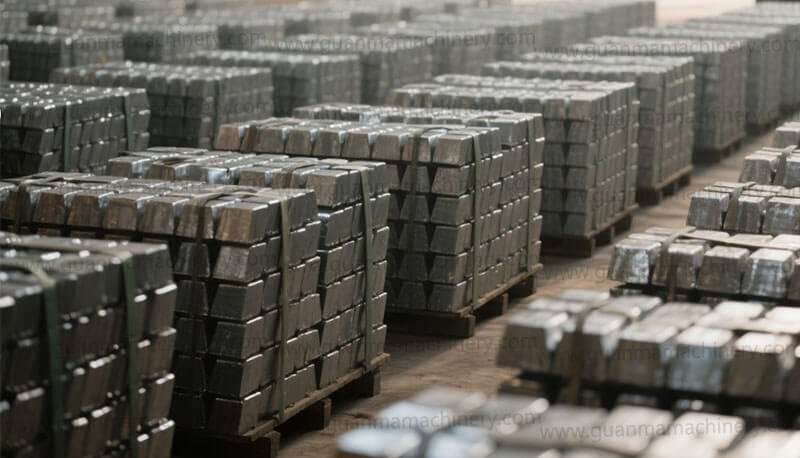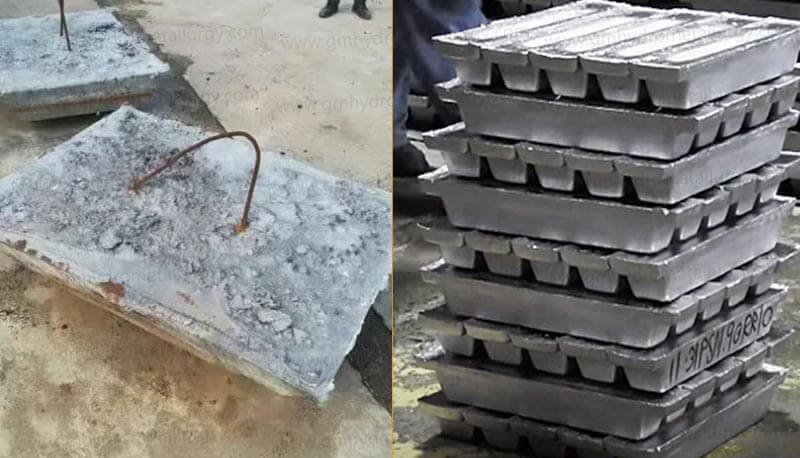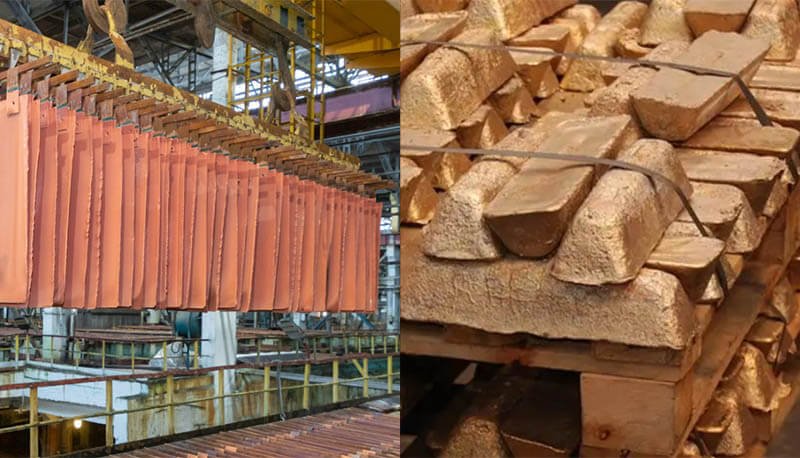If you are in the market for high-purity lead or are involved in the metal refining industry, you’ve likely asked this critical question: Can lead be extracted by electrolysis? The short answer is a definitive yes.
Understanding the Electrolytic Lead Refining Process
While lead is primarily initially extracted from its ore (galena) via smelting, electrolysis takes center stage in refining, especially for producing ultra-pure lead (99.99% pure) and for recycling lead-acid batteries.
The most common industrial method is the Betts Electrolytic Process. Here’s a step-by-step breakdown of how it works:
1. Feed Preparation
Impure lead, often from recycled batteries or smelted bullion, is cast into anodes. These anodes contain impurities like copper, silver, gold, antimony, and bismuth.
2. Electrolyte Solution
The cell is filled with an electrolyte solution. Unlike many other metals, lead electrolysis uses a fascinating electrolyte: a mixture of lead fluorosilicate (PbSiF₆) and fluorosilicic acid (H₂SiF₆). This specific solution allows for the efficient transport of lead ions.
3. The Electrolysis Setup
The impure lead anodes and pure lead starter sheets (or blank cathodes) are suspended in the electrolyte bath. When direct current (DC) is applied:
The impure lead anode dissolves: Lead atoms lose electrons and become lead ions (Pb²⁺) in the solution.
These Pb²⁺ ions travel through the electrolyte toward the cathode.
At the pure lead cathode, the ions gain electrons and are deposited as absolutely pure, solid lead metal.
4. Result
The valuable impurities that do not dissolve (like silver and gold) form a slime that falls to the bottom of the cell. This slime is later collected and processed to recover these precious metals. The end product is a cathode of exceptionally high-purity refined lead.
Key Advantages of Electrolytic Refining for Lead
Why would a buyer or partner choose electrolytically refined lead? The benefits are substantial:
Exceptional Purity
This is the foremost advantage. The electrolytic lead refining process produces lead that is 99.99% pure.
Effective Recycling
Electrolysis is the heart of the lead-acid battery recycling industry. It is the most effective method for reclaiming pure lead from used batteries, making it a cornerstone of the circular economy.
Precious Metal Recovery
The process efficiently separates and concentrates valuable by-products like silver and gold, adding significant economic value to the refining operation.
Environmental Performance
Modern electrolytic plants are designed with advanced controls to manage emissions and effluents, making them a more environmentally sound choice compared to traditional pyrometallurgical (smelting) methods alone.
Industrial Applications and Sourcing Electrolytic Lead
Electrolytically refined lead is not just a laboratory curiosity; it’s an industrial workhorse. Its high purity makes it ideal for:
Specialized Lead-Acid Batteries (for premium automotive and renewable energy storage)
Radiation Shielding (in medical and nuclear facilities)
Semiconductor and Cable Sheathing applications
So, can lead be extracted by electrolysis? Absolutely. It is a sophisticated, efficient, and crucial process for meeting the global demand for high-purity lead. By choosing electrolytically refined lead, you are investing in purity, performance, and a more sustainable supply chain.








